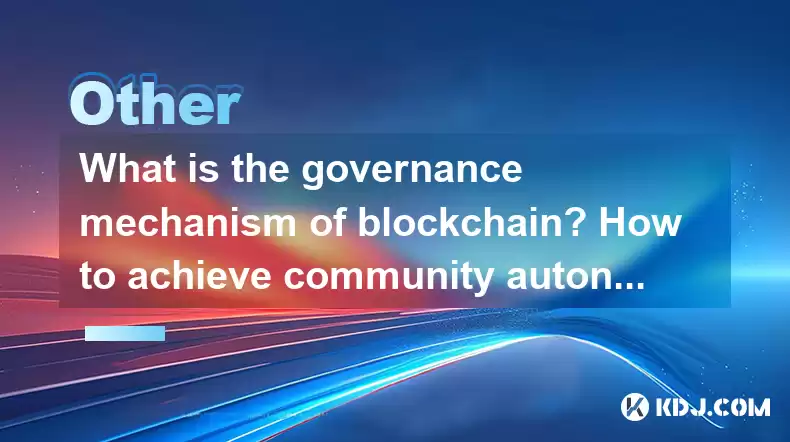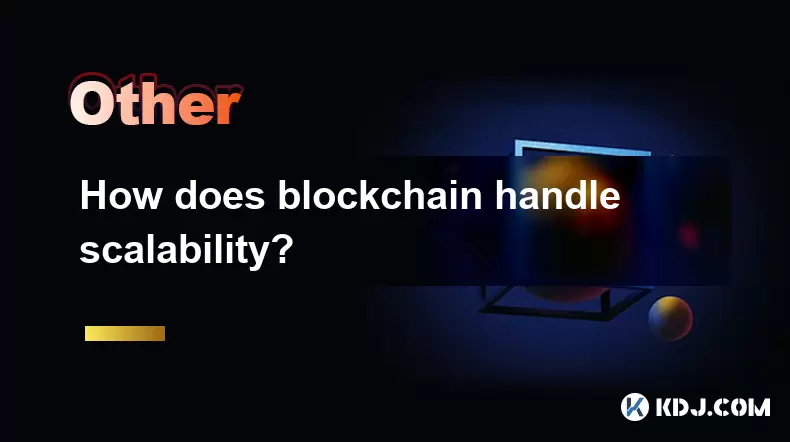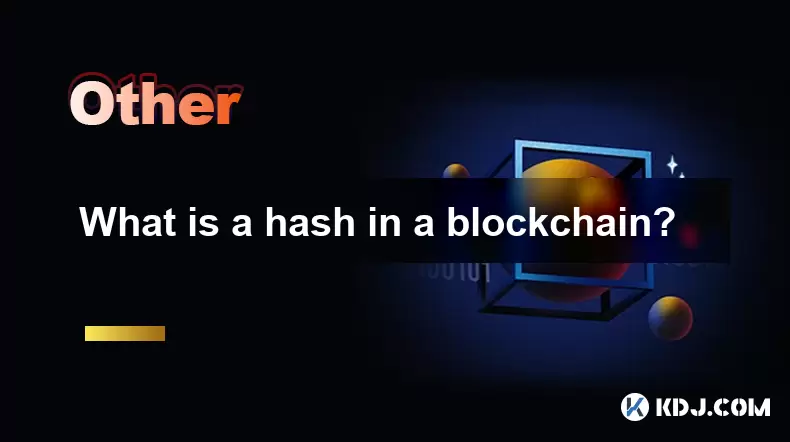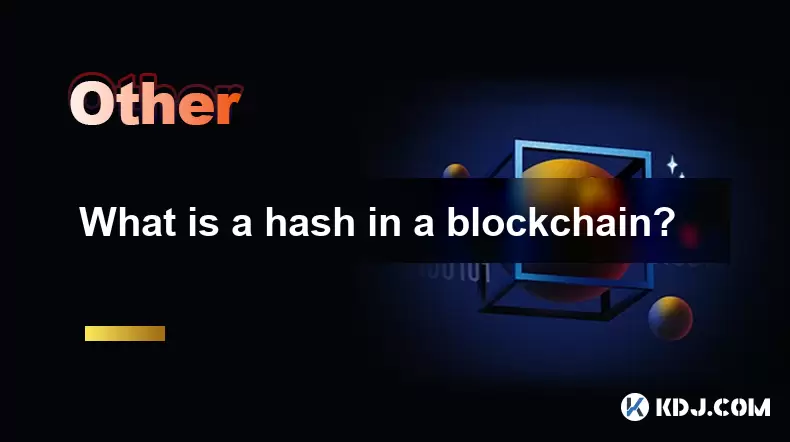-
 Bitcoin
Bitcoin $113900
-1.39% -
 Ethereum
Ethereum $3517
-4.15% -
 XRP
XRP $3.009
1.59% -
 Tether USDt
Tether USDt $0.9997
-0.04% -
 BNB
BNB $766.8
-1.41% -
 Solana
Solana $164.6
-2.38% -
 USDC
USDC $0.9998
-0.02% -
 TRON
TRON $0.3277
0.65% -
 Dogecoin
Dogecoin $0.2023
-1.67% -
 Cardano
Cardano $0.7246
0.05% -
 Hyperliquid
Hyperliquid $38.27
-4.77% -
 Sui
Sui $3.528
-0.52% -
 Stellar
Stellar $0.3890
-0.73% -
 Chainlink
Chainlink $16.16
-2.69% -
 Bitcoin Cash
Bitcoin Cash $539.9
-4.38% -
 Hedera
Hedera $0.2425
-2.00% -
 Avalanche
Avalanche $21.71
-0.97% -
 Toncoin
Toncoin $3.662
5.73% -
 Ethena USDe
Ethena USDe $1.000
-0.02% -
 UNUS SED LEO
UNUS SED LEO $8.964
0.35% -
 Litecoin
Litecoin $107.7
2.33% -
 Shiba Inu
Shiba Inu $0.00001223
-0.40% -
 Polkadot
Polkadot $3.617
-0.97% -
 Uniswap
Uniswap $9.052
-2.49% -
 Monero
Monero $295.1
-3.79% -
 Dai
Dai $0.9999
0.00% -
 Bitget Token
Bitget Token $4.315
-1.85% -
 Pepe
Pepe $0.00001060
0.11% -
 Cronos
Cronos $0.1342
-2.72% -
 Aave
Aave $256.0
-0.87%
What is the governance mechanism of blockchain? How to achieve community autonomy?
Blockchain governance ensures decentralized systems remain secure and aligned with users' interests through on-chain, off-chain, or hybrid models.
Apr 29, 2025 at 09:57 am

The governance mechanism of blockchain is a crucial aspect that ensures the decentralized nature of these systems. It refers to the processes and structures in place that allow for decision-making, rule-setting, and conflict resolution within a blockchain network. Understanding these mechanisms is essential for grasping how blockchain networks operate and maintain their integrity.
The Basics of Blockchain Governance
Blockchain governance involves a set of protocols, rules, and incentives that guide the behavior of participants within the network. These governance mechanisms are designed to ensure that the blockchain remains secure, transparent, and aligned with the interests of its users. The governance model can vary significantly from one blockchain to another, depending on factors such as the network's purpose, its user base, and the technology it employs.
Types of Blockchain Governance
There are several types of governance models in the blockchain space, each with its own approach to decision-making and control. The most common types include on-chain governance, off-chain governance, and hybrid governance.
On-chain Governance: This model involves decision-making processes that are directly encoded into the blockchain protocol. Participants can vote on proposals using their tokens, and the outcome of the vote is automatically implemented on the blockchain. Examples of blockchains using on-chain governance include Tezos and Decred.
Off-chain Governance: In this model, decisions are made outside of the blockchain protocol, often through informal discussions and consensus among key stakeholders. Changes to the protocol are then implemented through a hard fork or a soft fork. Bitcoin and Ethereum are examples of blockchains that primarily use off-chain governance.
Hybrid Governance: This model combines elements of both on-chain and off-chain governance. It allows for some decisions to be made on-chain while others are handled off-chain. Dash is an example of a blockchain that uses a hybrid governance model.
Achieving Community Autonomy
Community autonomy is a key goal of blockchain governance, as it ensures that the network remains decentralized and controlled by its users rather than a central authority. Achieving community autonomy involves several key strategies:
Decentralized Decision-Making: By allowing all participants to have a say in the governance of the network, blockchain projects can ensure that decisions reflect the collective will of the community. This can be achieved through voting mechanisms, where token holders can vote on proposals and changes to the protocol.
Transparency and Openness: For a community to be autonomous, it must have access to all relevant information about the network's operations and decision-making processes. Blockchain projects often achieve this through open-source code, public forums, and transparent voting systems.
Incentive Structures: Properly designed incentive structures can encourage participants to act in the best interest of the network. For example, rewarding users for participating in governance processes or contributing to the network's security can help align individual incentives with the collective good.
Conflict Resolution Mechanisms: Disputes and disagreements are inevitable in any community. Effective governance mechanisms include clear processes for resolving conflicts, such as arbitration or voting on contentious issues.
Implementing Governance Mechanisms
Implementing effective governance mechanisms requires careful planning and execution. Here are some steps that blockchain projects can take to establish and maintain robust governance:
Define Clear Rules and Protocols: The first step in implementing governance is to establish clear rules and protocols that outline how decisions will be made and how the network will operate. These rules should be documented and made accessible to all participants.
Set Up Voting Systems: Many blockchain projects use voting systems to allow participants to have a say in governance decisions. Setting up a secure and transparent voting system is crucial for ensuring that the community's voice is heard.
Establish Incentive Structures: Incentives play a key role in encouraging participation and alignment with the network's goals. Designing and implementing incentive structures that reward positive contributions can help maintain the health and vitality of the network.
Create Forums for Discussion: Open and inclusive forums for discussion are essential for fostering community engagement and consensus. These forums can be used to discuss proposals, share ideas, and resolve disputes.
Monitor and Adapt: Governance mechanisms should be regularly monitored and adapted to ensure they remain effective and aligned with the network's evolving needs. This may involve updating rules, adjusting incentive structures, or implementing new voting systems.
Case Studies of Blockchain Governance
Examining real-world examples of blockchain governance can provide valuable insights into how these mechanisms work in practice. Here are a few case studies:
Tezos: Tezos is known for its on-chain governance model, which allows token holders to vote on proposals for protocol upgrades. This model has enabled Tezos to implement upgrades without the need for hard forks, maintaining a high degree of community autonomy.
Bitcoin: Bitcoin's governance is primarily off-chain, with decisions made through informal discussions among key stakeholders. While this model has allowed Bitcoin to maintain its decentralized nature, it has also led to contentious hard forks, such as the creation of Bitcoin Cash.
Dash: Dash uses a hybrid governance model that combines on-chain and off-chain elements. The Dash network has a decentralized autonomous organization (DAO) that manages the budget and makes decisions about the network's development.
Challenges and Considerations
While blockchain governance is essential for maintaining the integrity and autonomy of these networks, it also presents several challenges. Some of the key considerations include:
Scalability: As blockchain networks grow, their governance mechanisms must be able to scale to accommodate a larger number of participants. This can be challenging, as larger networks may face difficulties in reaching consensus and making timely decisions.
Security: Governance mechanisms must be secure to prevent manipulation and ensure that the network remains trustworthy. This includes protecting voting systems from attacks and ensuring that the rules and protocols are robust against malicious actors.
Inclusivity: Effective governance should be inclusive, allowing all participants to have a say in decision-making. However, achieving inclusivity can be difficult, especially in networks with a large and diverse user base.
Balancing Centralization and Decentralization: While the goal of blockchain governance is to maintain decentralization, some degree of centralization may be necessary to ensure efficient decision-making. Finding the right balance between these two forces is a key challenge for blockchain projects.
Frequently Asked Questions
Q: How does blockchain governance differ from traditional corporate governance?
A: Blockchain governance is fundamentally different from traditional corporate governance in that it is decentralized and often relies on consensus mechanisms rather than a hierarchical structure. While corporate governance typically involves a board of directors and shareholders, blockchain governance involves the entire community of participants, who may vote on decisions using their tokens.
Q: Can blockchain governance be changed after a network is launched?
A: Yes, blockchain governance can be changed after a network is launched, but the process for doing so depends on the specific governance model in place. For networks with on-chain governance, changes can be proposed and voted on by the community. In networks with off-chain governance, changes may require a hard fork or a soft fork, which can be more contentious.
Q: What role do developers play in blockchain governance?
A: Developers play a crucial role in blockchain governance, as they are responsible for implementing the technical changes that result from governance decisions. In some networks, developers may also participate in governance discussions and voting, although their influence can vary depending on the specific governance model.
Q: How can new participants get involved in blockchain governance?
A: New participants can get involved in blockchain governance by joining the community, participating in discussions, and voting on proposals. Many blockchain projects have public forums and social media channels where participants can engage with the community and learn about governance processes. Additionally, holding tokens in a network with on-chain governance allows participants to vote on decisions directly.
Disclaimer:info@kdj.com
The information provided is not trading advice. kdj.com does not assume any responsibility for any investments made based on the information provided in this article. Cryptocurrencies are highly volatile and it is highly recommended that you invest with caution after thorough research!
If you believe that the content used on this website infringes your copyright, please contact us immediately (info@kdj.com) and we will delete it promptly.
- Bitcoin Strategy: Saylor's Not Hoarding, He's Building an Empire
- 2025-08-02 22:30:12
- Bitcoin Bloodbath: Macro Pressures and Liquidations Unleash Crypto Chaos
- 2025-08-02 22:30:12
- Tron, Cold Wallets, and Crypto Trends: What's Hot in the Market?
- 2025-08-02 23:10:12
- Bitcoin's Wild Ride: Davinci, Investors, and the $500K Dream
- 2025-08-02 23:50:12
- Worldcoin, Identity, WLD Price: Decoding the NYC Crypto Buzz
- 2025-08-02 21:10:12
- Shiba Inu: Utility and Community Strength Drive Crypto's Evolution
- 2025-08-02 21:50:12
Related knowledge

What is the difference between on-chain and off-chain transactions?
Aug 02,2025 at 04:22pm
Understanding On-Chain TransactionsOn-chain transactions refer to digital asset transfers that are recorded directly on a blockchain ledger. These tra...

What is the double-spending problem and how does blockchain prevent it?
Aug 02,2025 at 01:07pm
Understanding the Double-Spending ProblemThe double-spending problem is a fundamental challenge in digital currency systems where the same digital tok...

What is the difference between a blockchain and a database?
Aug 01,2025 at 09:36pm
Understanding the Core Structure of a BlockchainA blockchain is a decentralized digital ledger that records data in a series of immutable blocks linke...

How does blockchain handle scalability?
Aug 02,2025 at 02:58pm
Understanding Blockchain Scalability ChallengesBlockchain scalability refers to a network's ability to handle an increasing volume of transactions wit...

What is a hash in a blockchain?
Aug 02,2025 at 05:28am
Understanding the Concept of Hash in BlockchainA hash in the context of blockchain technology refers to a unique digital fingerprint generated by a cr...

What is a hash in a blockchain?
Aug 02,2025 at 04:43am
Understanding the Concept of Hash in BlockchainA hash in the context of blockchain technology refers to a unique digital fingerprint generated by a cr...

What is the difference between on-chain and off-chain transactions?
Aug 02,2025 at 04:22pm
Understanding On-Chain TransactionsOn-chain transactions refer to digital asset transfers that are recorded directly on a blockchain ledger. These tra...

What is the double-spending problem and how does blockchain prevent it?
Aug 02,2025 at 01:07pm
Understanding the Double-Spending ProblemThe double-spending problem is a fundamental challenge in digital currency systems where the same digital tok...

What is the difference between a blockchain and a database?
Aug 01,2025 at 09:36pm
Understanding the Core Structure of a BlockchainA blockchain is a decentralized digital ledger that records data in a series of immutable blocks linke...

How does blockchain handle scalability?
Aug 02,2025 at 02:58pm
Understanding Blockchain Scalability ChallengesBlockchain scalability refers to a network's ability to handle an increasing volume of transactions wit...

What is a hash in a blockchain?
Aug 02,2025 at 05:28am
Understanding the Concept of Hash in BlockchainA hash in the context of blockchain technology refers to a unique digital fingerprint generated by a cr...

What is a hash in a blockchain?
Aug 02,2025 at 04:43am
Understanding the Concept of Hash in BlockchainA hash in the context of blockchain technology refers to a unique digital fingerprint generated by a cr...
See all articles

























































































